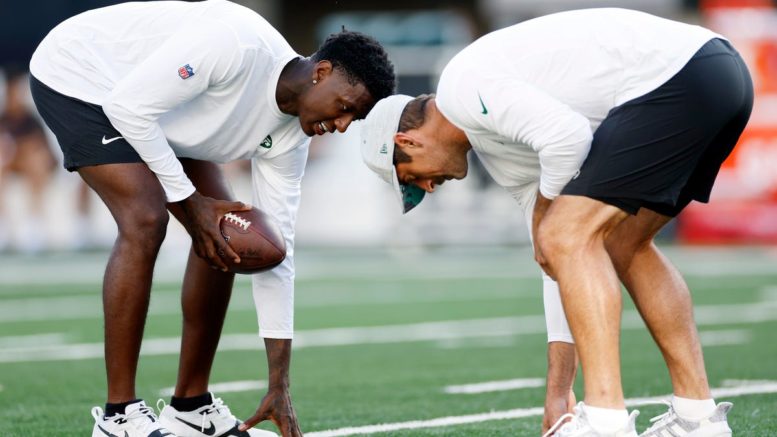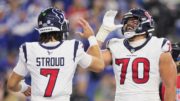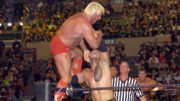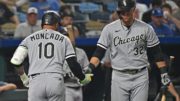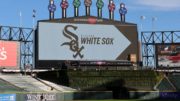A joint study by the NFL and NFLPA found that lower-extremity injuries occurred at nearly identical rates on synthetic and natural turf, according to ESPN.
The report examined all games over the course of the 2023 season, defining injuries that could be attributed to playing surface as lower-extremity, non-contact injuries that are serious enough to force missed games. The study found that the incidence rate of lower-body injuries (per 100 plays) was 0.001 higher on synthetic turf (0.043) than natural (0.042).
The data is in line with a 2022 joint study by the NFL and NFLPA that shows lower-body, non-contact injuries are statistically similar on artificial turf and on natural surfaces. Those rates were slightly further apart than in the 2022 study, with synthetic turf at 0.048 and natural at 0.035. However, previous years have found that there is a statistically significant difference between lower-body injury rates on turf and on grass. The American Orthopedic Society for Sports Medicine conducted a study in 2018, finding that synthetic turf fields caused 16 percent more lower-extremity injuries using data collected from 2012 to 2018. The American Journal of Sports Medicine found similar results in a 2019 study using data from 2012 to 2016.
The player’s union released a statement to ESPN, saying the numbers were only close in 2023 because injuries on grass fields increased.
“As we have said repeatedly,” the statement read, “injury data in a one-year time capsule does not account for what we have known since we started tracking these injuries: that a well-maintained, consistent grass surface is still simply safer for players than any synthetic field. The story of last year’s injury data is that, unfortunately, injury rates on grass have increased from last year.
“The data cannot, however, account for what players have shared with the NFL for years: that we feel much worse after playing on synthetic surfaces and overwhelmingly prefer consistent, high-quality grass fields.
NFL players have been extremely vocal about their stance against turf surfaces. In an anonymous poll conducted by The Athletic this season, nearly 83 percent of the 85 players surveyed said playing on turf is a real problem. Players argue that they feel more sore after games on turf fields than they do on grass.
Players like Cooper Kupp, Calais Campbell, Deebo Samuel, and Dalton Schultz have all spoken out against playing on turf within the last couple of years. The Kelce brothers – Eagles center Jason and Chiefs tight end Travis – dedicated a segment of their podcast decrying turf fields, arguing that the ground is harder and leads to more concussions. The joint study found that concussions were relatively stable, but did not differentiate between concussions sustained on turf and grass.
“This year’s injury data also does not explain how quick they are to flip NFL stadium surfaces from bad synthetic to better grass for international soccer friendlies and tournaments,” the NFLPA’s statement to ESPN continued.
At the beginning of the 2023 season, NFLPA Executive Director Lloyd Howell released a statement that making the switch to grass “is the easiest decision the NFL can make.” As part of his argument, Howell argued it “makes no sense” that some stadiums will flip their surfaces to grass to comply with World Cup regulations, then flip back to turf for the NFL season. The league began exploring the potential of working with FIFA to research field compositions.
Some NFL owners have argued that converting their stadium surfaces to grass would be much harder than some have hypothesized. Cowboys Executive Vice President Stephen Jones told The Athletic in October that such changes would have had to already be considered during the building of the stadium. Dallas is converting its field to a natural-grass hybrid to host World Cup games, but FIFA said those surfaces may not “survive the duration of the tournament.”
“We are looking at the pitch conversion and how that conversion is going to be done to make it a natural-grass surface that will actually survive the duration of the tournament, which is a huge challenge,” FIFA COO Heimo Schirgi said to the Dallas Morning News.
Original source here
#NFLPA #NFL #clash #grass #greener #turf

